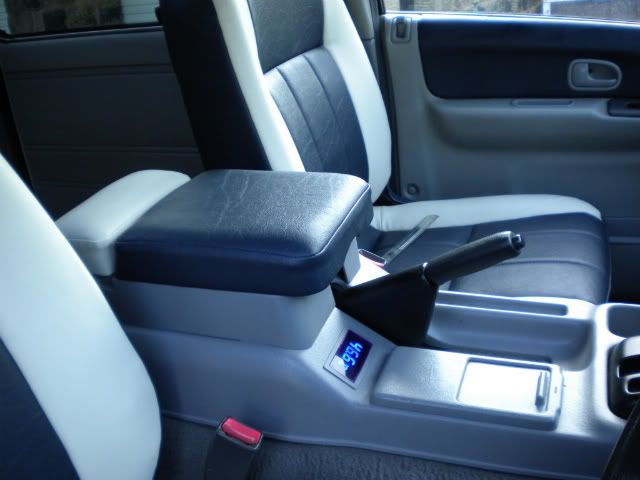haydn callow wrote:I thought a 5% error at 25C would also be 5% error at 75C ???
Probably not understanding it properly
Firstly, you are probably correct in your guess that these are 10k thermistors. A quick check gives resistances around 12kohm in our office in chilly Scotland, so room temp is at best 20 deg C.
I should make it clear that although I have had to deal with some temperature monitoring, I am not an expert - I’m a physicist/electronic engineer who’s picked most of this up from a quick read last night after my concerns raised by my experiment. If there are any experts out there I’d be delighted to be corrected as I’d like to understand this better. However, this shouldn’t be drastically wrong!
Thermistors vary their resistance with temperature. Their tolerance is specified as such, normally at 25 deg C. So a 10% 10k thermistors should be between 9kohm and 11kohm at 25 deg C.
They are highly non-linear so not the best suited to temperature critical monitoring (use thermocouples instead), but they are perfectly capable where high degrees of accuracy are not required.
I just did a quick google and plugged the first set of specs I found (for a 10k thermistor –
http://www.thermistor.com/references/St ... or_QTI.pdf) into excel to produce this chart. It shows the change in resistance with temperature.

There are several relationships of differing complexity used to convert resistance back to temperature. I’m using the best I could find – the 4-coefficient Steinhart-Hart. It’s very possible that the Sure device uses the B-parameter conversion as the B-parameter is more readily quoted.
Steinhart-Hart 1/T= A + B*ln(R) + C*ln(R)^2 + D*ln(R)^3
B-correlation 1/T==1/t+1/B*ln(R/r)
In both these T is the current temperature in degrees Kelvin and R is the current resistance.
In the S-H equation A,B,C and D are coefficients determined by analysis of the R-T plot above.
In the B-correlation the B is normally given on the data sheet. The lowercase t is the temp at which the specification is done, normally 25 deg C or 298 deg K and the r is the specified resistance at this temp.
A 10% thermistor could read up to 2.5 deg C out at 25 deg. However at -5 deg a 10% error in resistance gives a 1.8 deg C error, and at 100 deg a 3.6 deg C error.
This leads me to something I’d like clarified if anyone can – if a thermistor is specified at 10%, is it likely to be within 10% at all temperatures?
Note that a 5% thermistor is not much more expensive that a 10%.
The specs for the Sure device quote +/- 1 deg C. A 5% thermistor can nearly achieve this. I’ve plotted the following chart showing the effects that a 1 deg error at 25 degrees C has at different temperatures, assuming the percentage error in resistance is constant at approx 4.5%. (I used 4220 as the B-parameter simply because the first thermistors I checked had that value).

This shows that the Sure device should certainly be capable of meeting our needs, even without using expensive thermistors.
Hope this helps.




